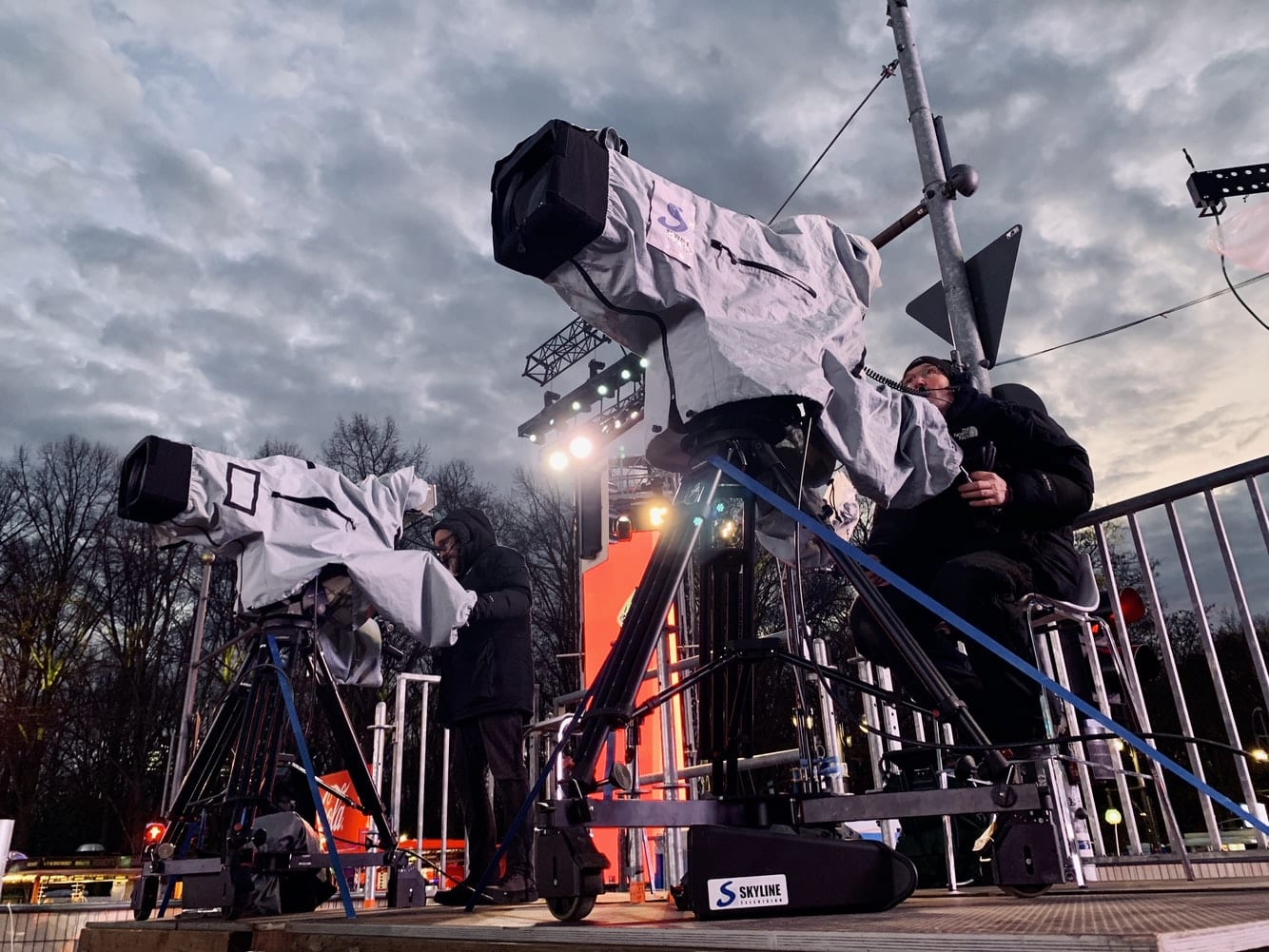Transforming Spectator Engagement Via Engaging VR Encounters within Live Performances
Transforming Spectator Engagement Via Engaging VR Encounters within Live Performances
Blog Article
Within recent times, virtual reality has become a powerful tool for enhancing audience engagement in live performances. Such innovation enables audiences to immerse oneself in a three-dimensional environment, creating a distinct experience that conventional media cannot easily duplicate. By utilizing VR, producers can move audiences into the heart of the action, causing them feel as if they are part of the show. This innovative method not only enchants audiences but also unlocks new possibilities for narrative and interaction.
One of the primary advantages of using VR in real-time productions is the ability to forge a more interactive experience. Audiences can interact with the performance in real-time, shaping the result or discovering different viewpoints. For example, in a theater production, audiences using VR goggles can select to follow particular roles or scenes, enabling them to customize their encounter. This degree of interactivity cultivates a deeper connection between the audience and the show, rendering it more unforgettable and impactful.
Moreover, VR technology can improve the visual and auditory aspects of a live production. With high-quality graphics and audio design, producers can create breathtaking settings that attract audiences in. This engaging quality can elevate the overall experience, making it more engaging and pleasurable. For example, a concert can be transformed into a multi-sensory encounter, where audience members experience as if they are on stage with the performers. Such enhancements not only draw bigger audiences but also promote repeat attendance, as viewers seek to relive the thrill.
Alongside enhancing viewer engagement, VR can also provide valuable insights for producers. Through examining how audiences engage with the digital setting, event staging for product launches creators can collect information on viewer likes and actions. This data can guide upcoming performances, assisting to customize material to more effectively meet the demands and wants of the audience. As a result, VR not only enhances the present encounter but also adds to the development of live productions as a whole.
As the technology continues to evolve, the possibilities for VR in real-time performances is immense. From theater and concerts to sports competitions and festivals, the possibilities are limitless. Through adopting this innovative method, creators can revolutionize the way audiences engage with real-time entertainment. With an increasing number of producers investigate the integration of VR, it is likely that we will see a shift in how performances are crafted and presented, eventually leading to a greater immersive and participatory prospect for live productions.